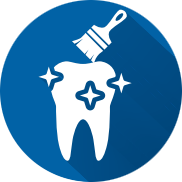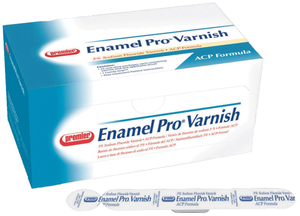
It happens to everyone: seeing a healthy and shining smile, one immediately thinks of youth, health, and beauty. And for those who own it, it is not just a question of aesthetics, but also of self-esteem. For those times, when our smile is the best business card, then, it is good to deal with it in the best way. The fluoride varnish process happens to be one of them.
Dental bleaching: what, when and why
The teeth whitening is the best known and most requested aesthetic treatment to the dentist because connected to our appearance more immediate. This is a dental procedure that is absolutely non-damaging to the tooth, which acts on already existing dental dyschromias eliminating them or reducing them considerably – and making the teeth appear whiter. It can be requested by everyone, at any time except for rare exceptions, described at the end of the article), both on vital and devitalized teeth.
But why do our teeth appear less white over time? The reasons are various: first of all, age and genetics; very important, then, the intake of smoke and certain foods and drinks like coffee, tea, red wine, and carbonated drinks, tomatoes, strawberries, raspberries, curry and licorice finally, the intake of certain drugs which cause deeper discolorations.

Different types of bleaching
The teeth whitening can be performed either at the dental practice that in their own home. We will not deal with the latter here, but we underline the clear superiority in terms of efficacy of the armchair one.
The main methods are mechanical bleaching, which takes place by rubbing the tooth by means of abrasive pastes, and the chemical one, which occurs by the action of whitening substances suitably activated by different techniques.
Before tooth whitening
If you think your smile requires tooth whitening, there is preliminary attention to ask your dentist: dental cleaning or scaling. In fact, it is necessary that the tooth is perfectly clean before starting the whitening procedure and not only clean but also healthy. It is, therefore, necessary to request a check-up on any dental pathology, such as tooth decay, which could make bleaching ineffective. It is also necessary to check for the presence of old fillings or crowns, which, following bleaching could be of a different color.
But be careful. Dental cleaning should not be confused with bleaching: it is a technique of superficial cleaning of enamel from plaque and tartar, which is, yes, necessary to make the teeth whiter, but not sufficient, especially over time.
Dental bleaching by means of bleaching
The tooth whitening professional cosmetic is better known as bleaching and has a very simple operating mechanism: on the teeth, a bleaching chemical in the gel is applied, whose active ingredient peroxide is activated by light sources halogen light, led, laser or thermo-catalytic method. The effect is the elimination of stains and the return to the natural color of the enamel.
The chemicals used are hydrogen peroxide or carbamide peroxide, in different concentrated percentages, completely safe and non-aggressive. How does tooth whitening work? The peroxides activated by the light of the LED or laser, release oxygen molecules that go to attack and destroy the colored pigment molecules the spots. A real system is of free radicals, so effective in medicine. After whitening treatment, it is essential to avoid smoking and the consumption of coloring foods and drinks for at least 24 hours.


